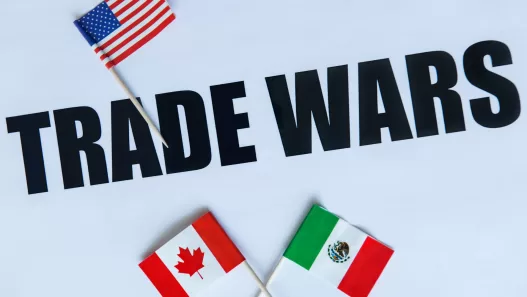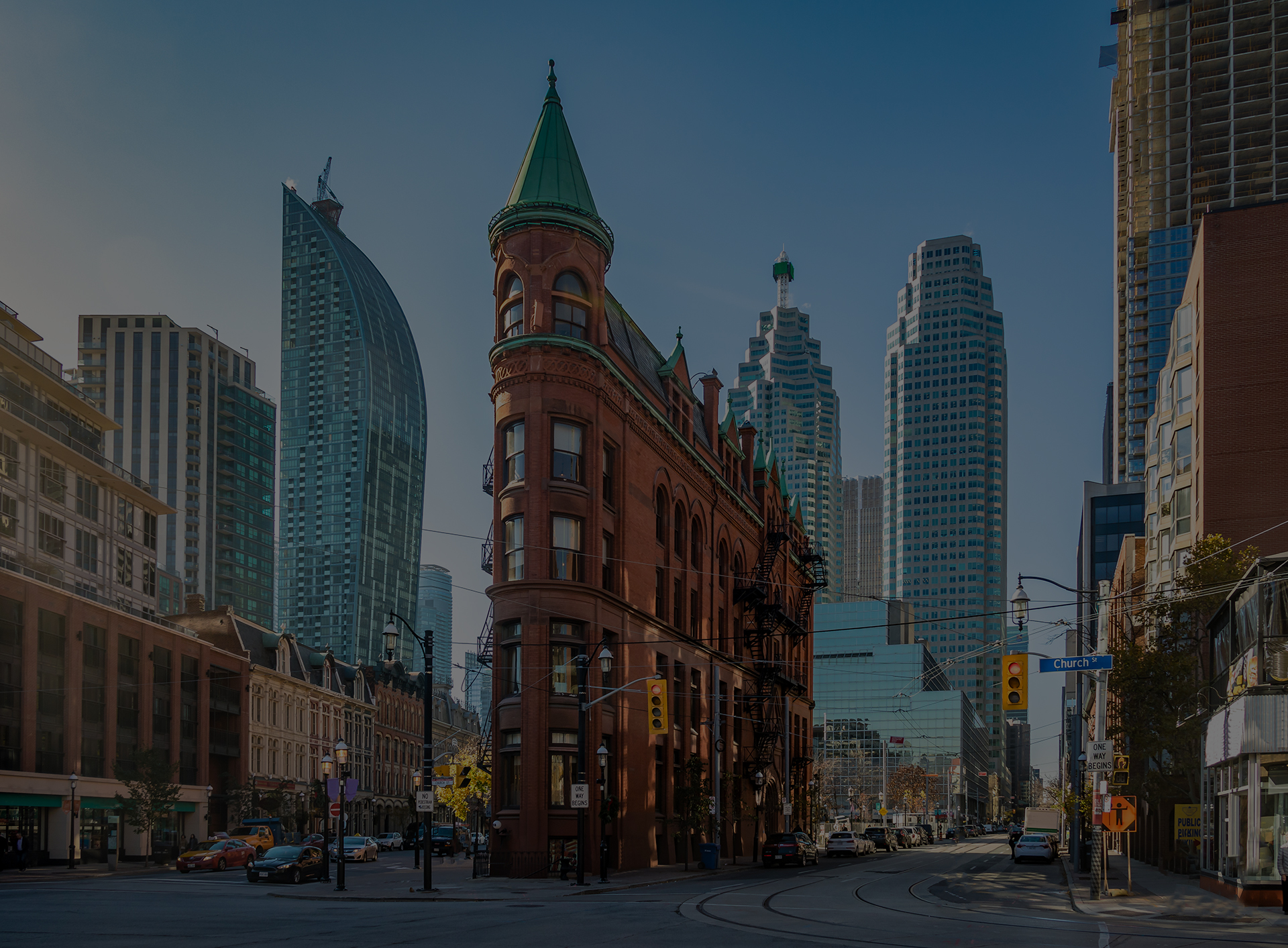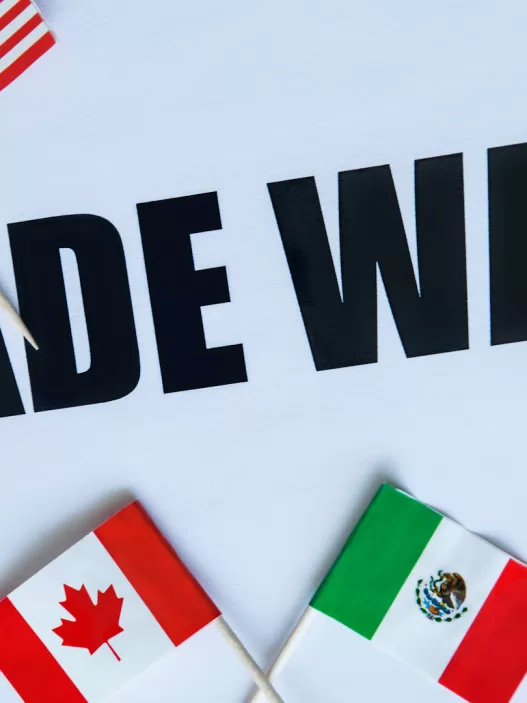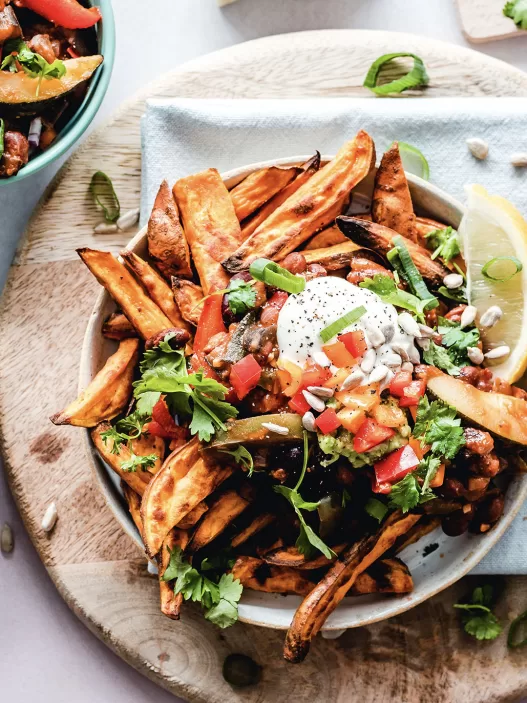Stephen Weir, a veteran Toronto journalist, photographer, and writer, recently shared his insights on the evolution of Toronto’s Caribana festival and the broader cultural significance of Carnival. Drawing from nearly two decades of experience attending and reporting on the event, Weir offers a perspective that goes beyond the vibrant costumes and pulsating music of the parade.
The Changing Face of Caribana
According to Weir, Caribana has undergone a transformation over the years. Once a space predominantly claimed by the Black Caribbean community, the festival has become more inclusive, embracing Indo-Caribbean participants, Grenadians, and other groups. This shift reflects a broader generational change and a move toward unity within the Caribbean diaspora.
“The parade, in some ways, is the least important part of the festival,” Weir noted. For him, the true magic lies in the behind-the-scenes moments—the cultural exchanges that visitors rarely witness.

The Soul of Carnival
Weir shared vivid anecdotes about the unsung heroes of Carnival: the artisans who rent out rundown factories to build elaborate costumes or the early-morning camaraderie over corn soup served out of beat-up vans. “You can only do that during Carnival,” he said, reminiscing about eating soup at 5 a.m. in downtown Toronto.
While the parade is the public highlight, Weir emphasized the energy and culture that transcend the main event. “The other stuff is way better,” he said, referencing the global celebrities and impromptu gatherings that define the festival’s spirit.
Debunking the Myths of Violence
One of Weir’s main concerns is the way media often portrays violence during Caribana. He recounted incidents where reporters incorrectly attributed unrelated crimes to the festival, perpetuating negative stereotypes.
In one chilling example, he described a police shooting during Caribana that left a bystander severely injured. Weir criticized the authorities’ actions, pointing out that such incidents would be unthinkable at other major public events like the Santa Claus Parade.
Weir also spoke about forming a committee of journalists to challenge misleading narratives. “Every time somebody said there’s been another Caribana shooting, we’d go to the source and show them the violence happened miles away or at a different time,” he said, questioning whether these associations were rooted in racial bias.
Carnival’s Cultural Significance
Despite these challenges, Weir remains an advocate for the festival’s ability to foster connection and celebrate Caribbean culture. He acknowledged that Carnival, like similar events worldwide, has faced instances of violence but praised Toronto’s efforts to create a safe and welcoming environment.
“You could look at Carnival and do a PhD in violence and Carnival,” he remarked. Yet, he firmly believes that Toronto’s festival remains one of the safest and most vibrant celebrations of its kind.
A Legacy of Resilience
Weir’s reflections paint a picture of a festival that is as complex as it is joyful. Caribana is more than a parade—it’s a living, breathing celebration of culture, community, and resilience. For him, the moments that define the festival are not the grand floats or celebrity parties but the everyday interactions and shared experiences that make Carnival truly unforgettable.
As Caribana continues to evolve, voices like Stephen Weir’s remind us of its deeper purpose: to bring people together and celebrate the rich tapestry of Caribbean heritage.
















